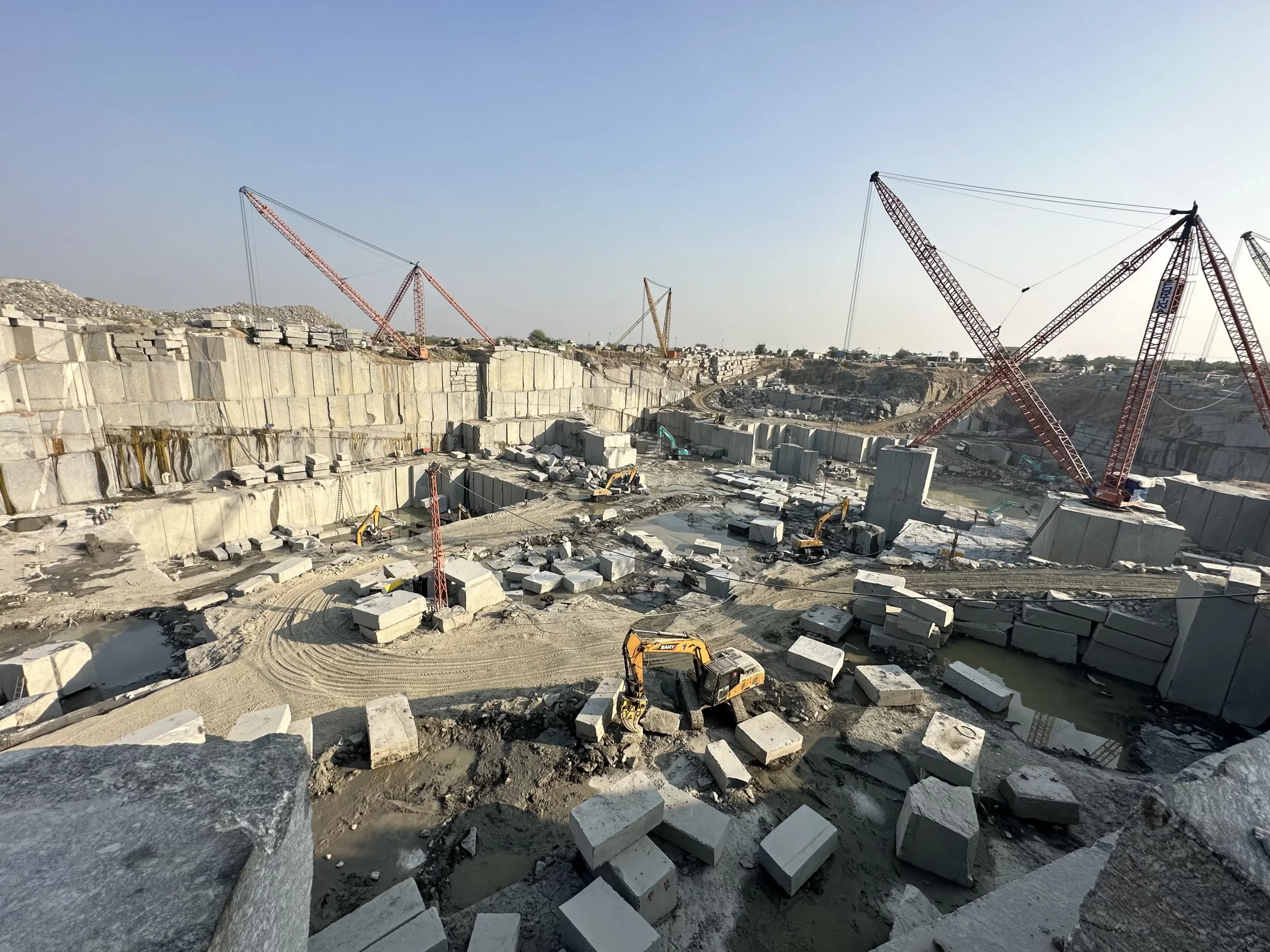Discovering the Rich Background and Lasting Practices of Granite Quarrying
As we base on the precipice of uncovering the elaborate tapestry of granite quarrying, a journey through time discloses not just the physical act of drawing out rock yet additionally the social and historic relevance woven right into the very textile of this practice. From the ancient origins that laid the foundation for modern-day quarrying strategies to the lasting practices that are forming the future of this industry, each carve mark on granite surface areas narrates waiting to be unearthed (granite quarries in south africa). The legacy of granite quarrying stretches far past plain extraction; it is a testimony to human resourcefulness, resilience, and the enduring attraction of this stunning rock
Old Beginnings of Granite Quarrying
Going back to old human beings, the practice of quarrying granite has actually been an integral part of human history and architectural development. The earliest proof of granite quarrying dates back to ancient Egypt, where huge pyramids and detailed sculptures were crafted from this durable stone. The Egyptians made use of primitive tools to remove granite blocks from quarries, showcasing the relevance of this material in their significant building and constructions.
Relocating onward in background, the Greeks additionally made substantial payments to the quarrying of granite. The Greeks used granite in numerous building marvels, such as temples and sculptures, showing their skill in shaping and sculpting this durable stone. The Romans even more improved the strategies of quarrying granite, employing advanced devices like chisels and hammers to extract and shape granite for their legendary structures.
With the centuries, the practice of quarrying granite has actually progressed, with contemporary innovations boosting performance while maintaining the ageless allure of this natural stone - granite quarries in south africa. From old civilizations to modern building contractors, the legacy of granite quarrying proceeds to shape our globe
Advancement of Quarrying Strategies
The advancement of quarrying methods has been marked by a continuous progression in the direction of higher efficiency and accuracy in drawing out granite. Early quarrying methods entailed hands-on labor with basic tools such as knives, hammers, and wedges to extract granite blocks from the planet.
In even more recent times, the introduction of equipment transformed the quarrying industry, allowing quicker removal rates and raised productivity. Technologies such as diamond cord saws, high-pressure water jets, and pneumatic drills have actually ended up being conventional in modern-day quarries, enabling for precise cutting and decreased waste. Additionally, developments in computer-controlled devices and 3D modeling have maximized quarrying operations, causing very little environmental influence and enhanced sustainability techniques. As the need for granite proceeds to increase, the evolution of quarrying strategies remains essential to conference market needs effectively and sustainably.
Social Relevance of Granite
Granite holds an extensive cultural relevance across different worlds due to its long-lasting presence in architectural masterpieces and respected monoliths. The cultural value of granite expands beyond its physical attributes; it symbolizes strength, security, and eternity, making it a sign of sustaining traditions and customs.

Lasting Practices in Quarrying
In the middle of the rich history of granite quarrying and its social value exists a growing emphasis on lasting practices within the industry. As ecological recognition and worries concerning source depletion have actually heightened globally, the quarrying sector has increasingly accepted sustainable techniques to minimize its influence on the atmosphere and surrounding communities.

Additionally, improvement and rehabilitation of quarry sites post-extraction are integral to lasting practices. By restoring quarried locations to an all-natural or beneficial state, such this link as creating wild animals find here habitats or recreational areas, quarriers can counter the environmental impact of their procedures and add favorably to the neighborhood environment.
Heritage of Granite Quarrying
With a historic background steeped in workmanship and industrial development, what withstanding impact has granite quarrying left on the landscape of modern culture? The tradition of granite quarrying transcends simple extraction practices; it has formed architectural wonders, urban landscapes, and cultural heritage worldwide. The resilient nature of granite has actually made it a preferred choice for monuments, buildings, and framework, standing as a testament to the ability and artistry of quarry employees throughout generations.
In addition, the economic footprint of granite quarrying can not be neglected. The sector remains to give job opportunity and drive regional economic situations in areas where granite removal is prevalent. It has likewise spurred technical innovations in quarrying methods and tools, leading to more efficient and sustainable practices.
In terms of sustainability, the heritage of granite quarrying consists of initiatives to mitigate ecological influences through improvement projects and liable resource administration. By stabilizing financial rate of interests with environmental stewardship, the market aims to guarantee that future view publisher site generations can remain to take advantage of this long-lasting natural resource.
Final Thought
